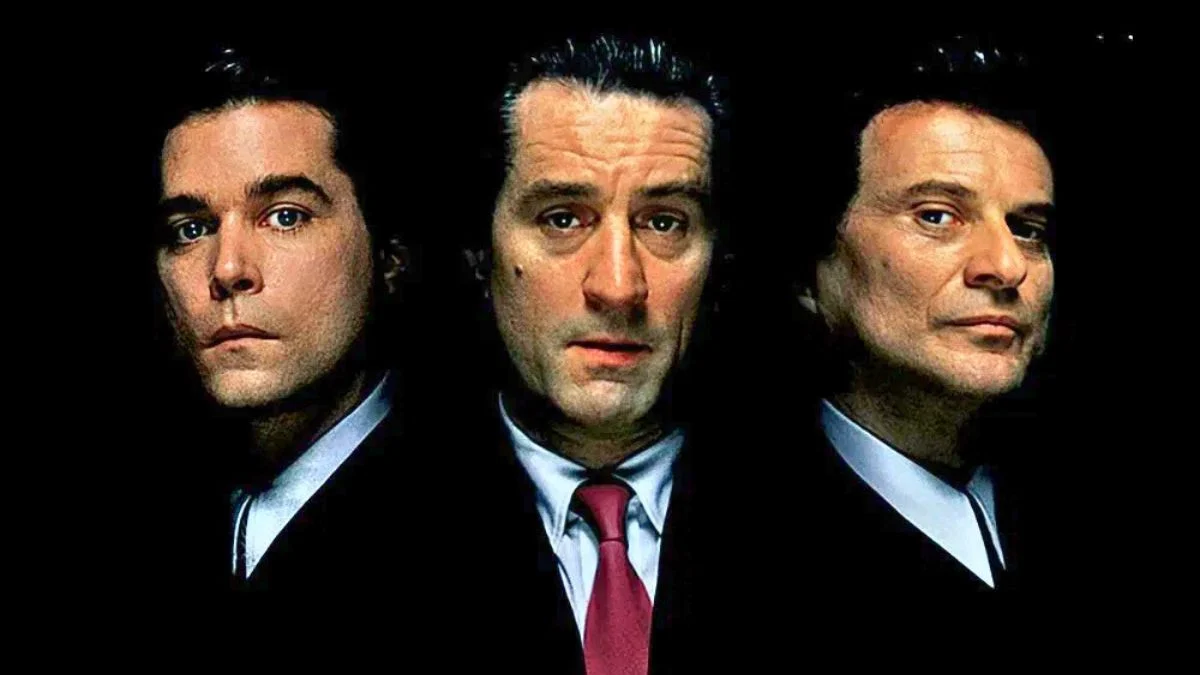
Crime sagas are most compelling when they span multiple families, cities, and even generations. The most memorable films in this genre showcase the journeys of both powerful leaders and their followers, as well as the police and those who help them. These films create immersive worlds, revealing how power shifts through wealth, allegiance, and deceit, and often treat time itself as a crucial element of the narrative.
This collection features crime stories from different countries and in various styles, including epic gangster films and tense undercover dramas. You’ll discover movies based on real crimes, adaptations of famous books, and original stories that have greatly influenced the genre. Each entry provides details about the plot, creators, and impact, helping you choose your next watch.
‘The Godfather’ (1972)
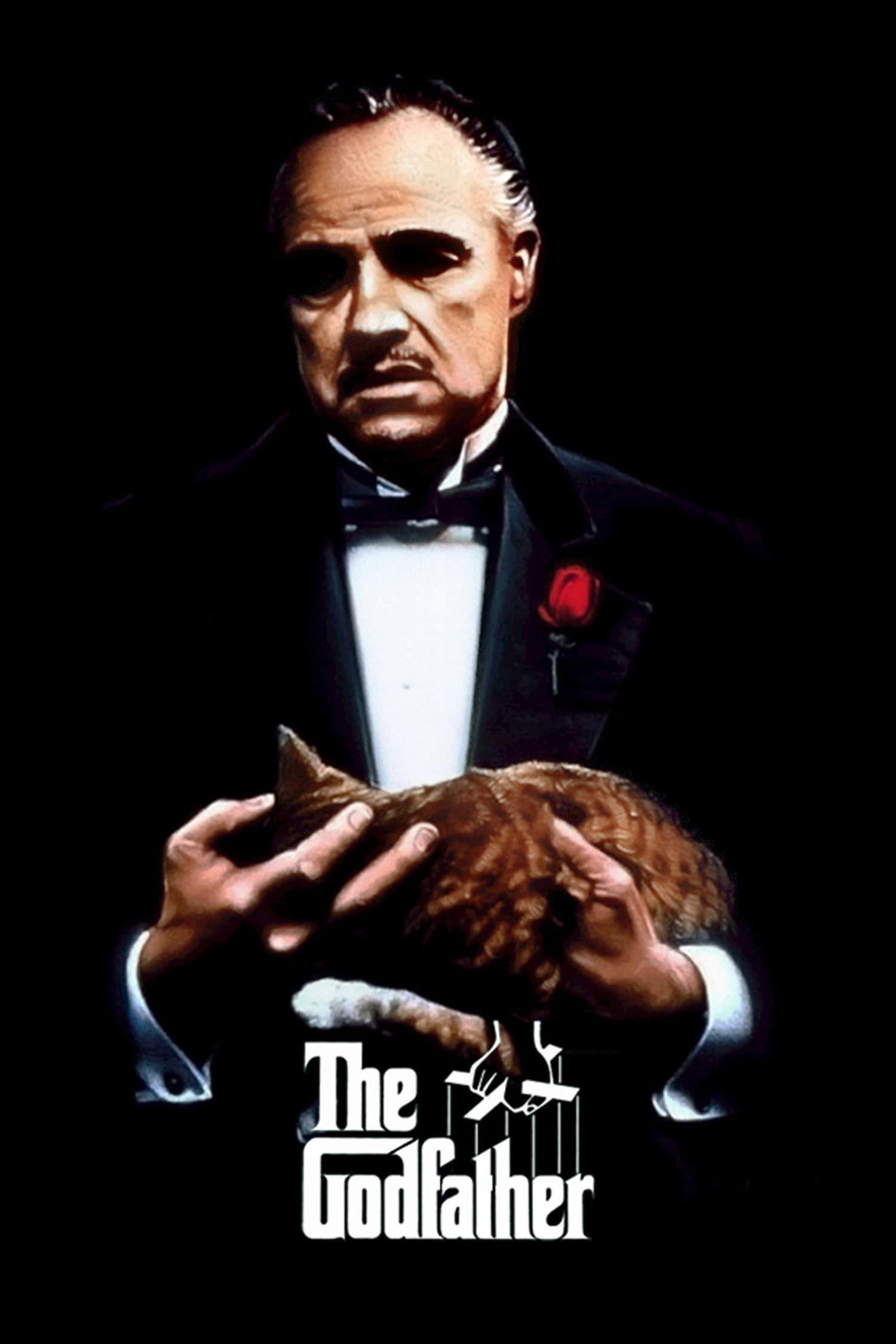
Directed by Francis Ford Coppola and based on Mario Puzo’s novel, this film tells the story of the Corleone family as they navigate a change in leadership from Vito to his son, Michael. It explores the complex world of organized crime in New York, showcasing the deals, betrayals, and sacrifices made to ensure the family’s power and survival.
As a critic, I have to say this film boasts an absolutely incredible cast – Marlon Brando, Al Pacino, James Caan, Robert Duvall, and Diane Keaton all deliver unforgettable performances. Beyond the acting, the movie’s atmosphere is powerfully crafted by Nino Rota’s beautiful score and Gordon Willis’s stunning cinematography. It’s no surprise it swept the Academy Awards, including Best Picture, and its impact on how we see organized crime in film and TV is still felt today – it truly redefined the genre.
‘The Godfather Part II’ (1974)
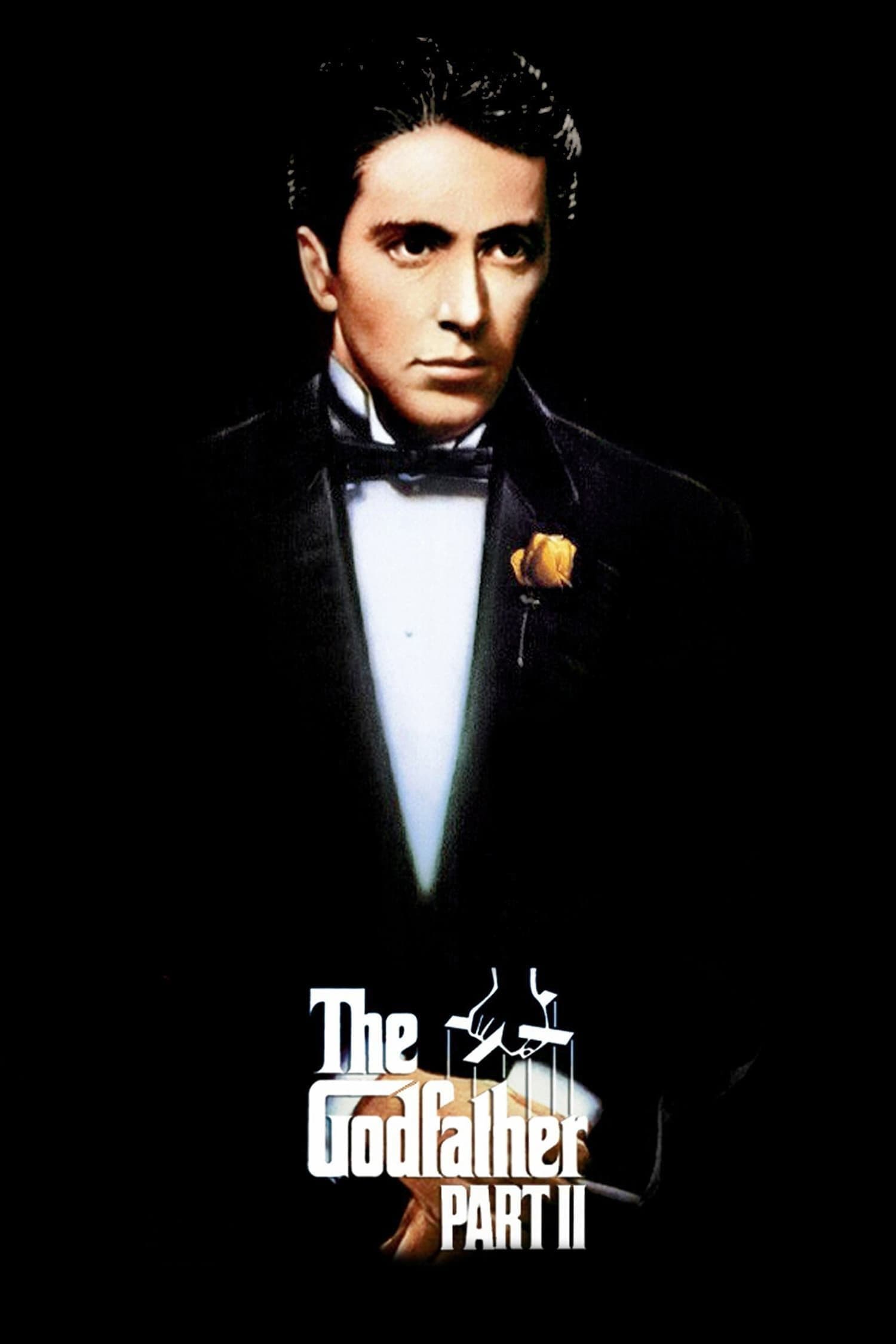
The film shifts between Michael Corleone building his power and flashbacks showing the younger life of his father, Vito, played by Robert De Niro. This structure highlights how the family’s wealth and influence were built on immigration, the pursuit of opportunity, and the use of violence, and how those methods continued through generations.
Starring Al Pacino, Robert Duvall, and Diane Keaton, this acclaimed film was shot across the United States, Cuba, and Sicily. It won prestigious Academy Awards, including Best Picture and Best Director, and is known for its groundbreaking sequel, which broadened the story and developed the characters even further.
‘Goodfellas’ (1990)
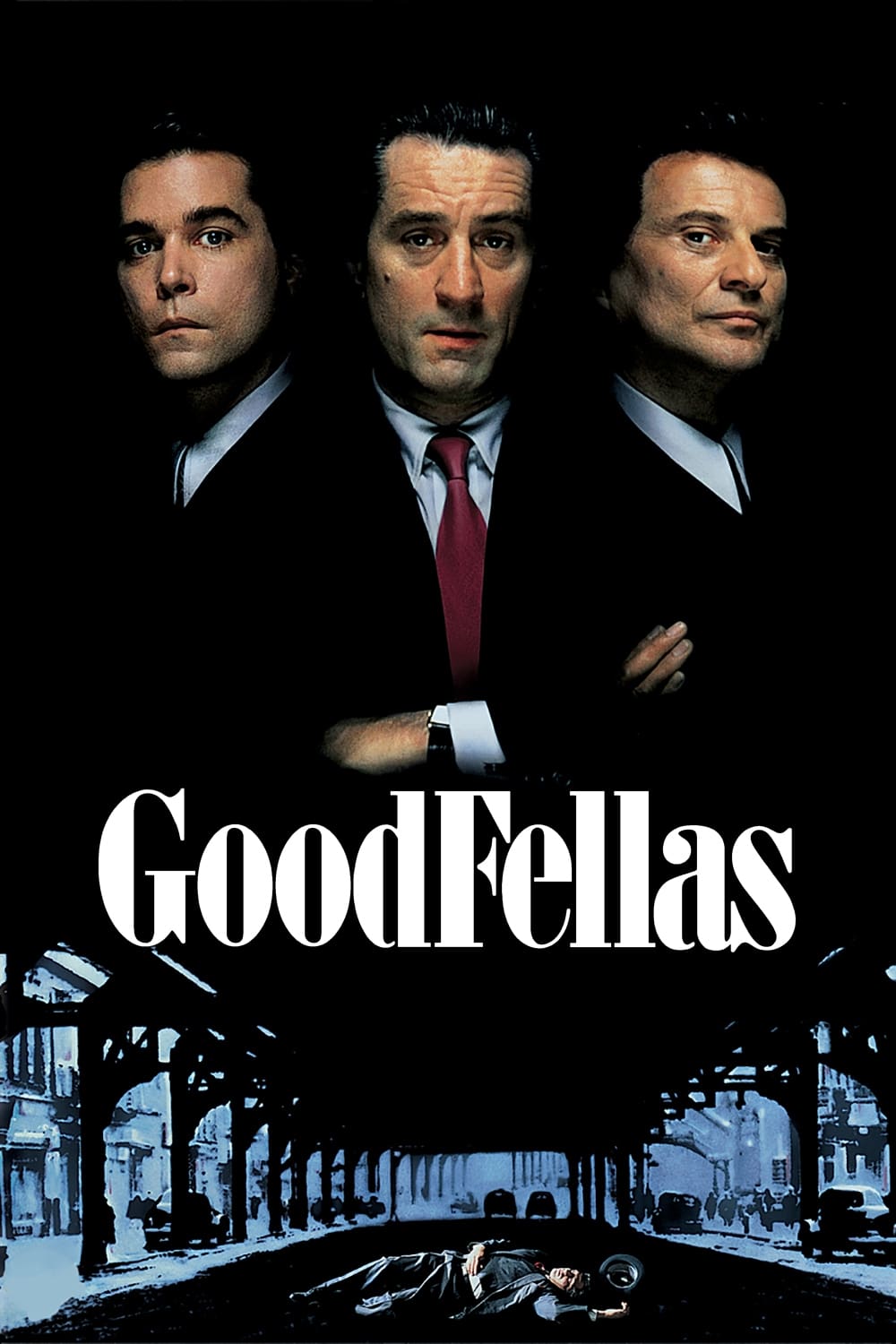
Martin Scorsese’s film is based on a true story, told in Nicholas Pileggi’s book, about Henry Hill, a man connected to the Lucchese crime family. The movie shows how the mob operates day-to-day, including how new members are brought in, robberies are planned, drugs are dealt, and what happens when someone violates the group’s code.
Featuring Ray Liotta, Robert De Niro, and Joe Pesci, the film is famous for its fast-paced editing, done by Thelma Schoonmaker, and its memorable soundtrack. Joe Pesci won an Oscar for his performance, and the movie’s use of long shots and narration have become influential filmmaking techniques.
‘Heat’ (1995)
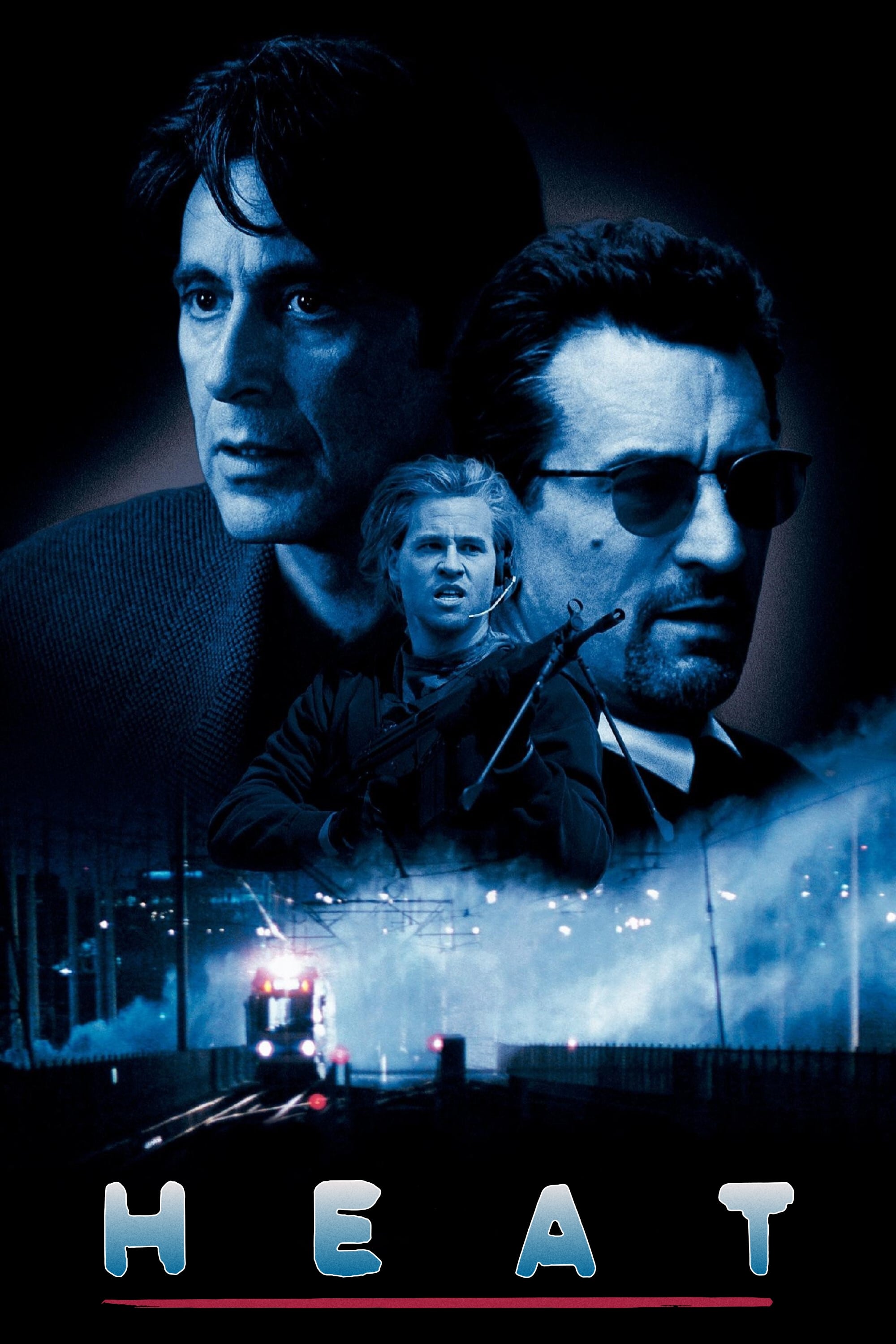
I’m really captivated by Michael Mann’s latest film. It’s a thrilling cat-and-mouse game set in Los Angeles, focusing on a highly skilled thief and the determined detective trying to catch him. The story follows both sides – we see the thief’s crew carefully planning one last big heist, and at the same time, we watch the police put together a massive operation to stop them. It’s a fantastic setup!
Let me tell you, seeing De Niro and Pacino share the screen with Val Kilmer was a treat. What really struck me, though, was how vividly the filmmakers brought the city to life – they really shot on location everywhere. And that downtown shootout? Forget about it! The sound design was incredible, they even brought in experts to make sure the police and robbery tactics felt authentic. Honestly, I think this movie set a new standard for how those scenes are handled in films today.
‘Once Upon a Time in America’ (1984)
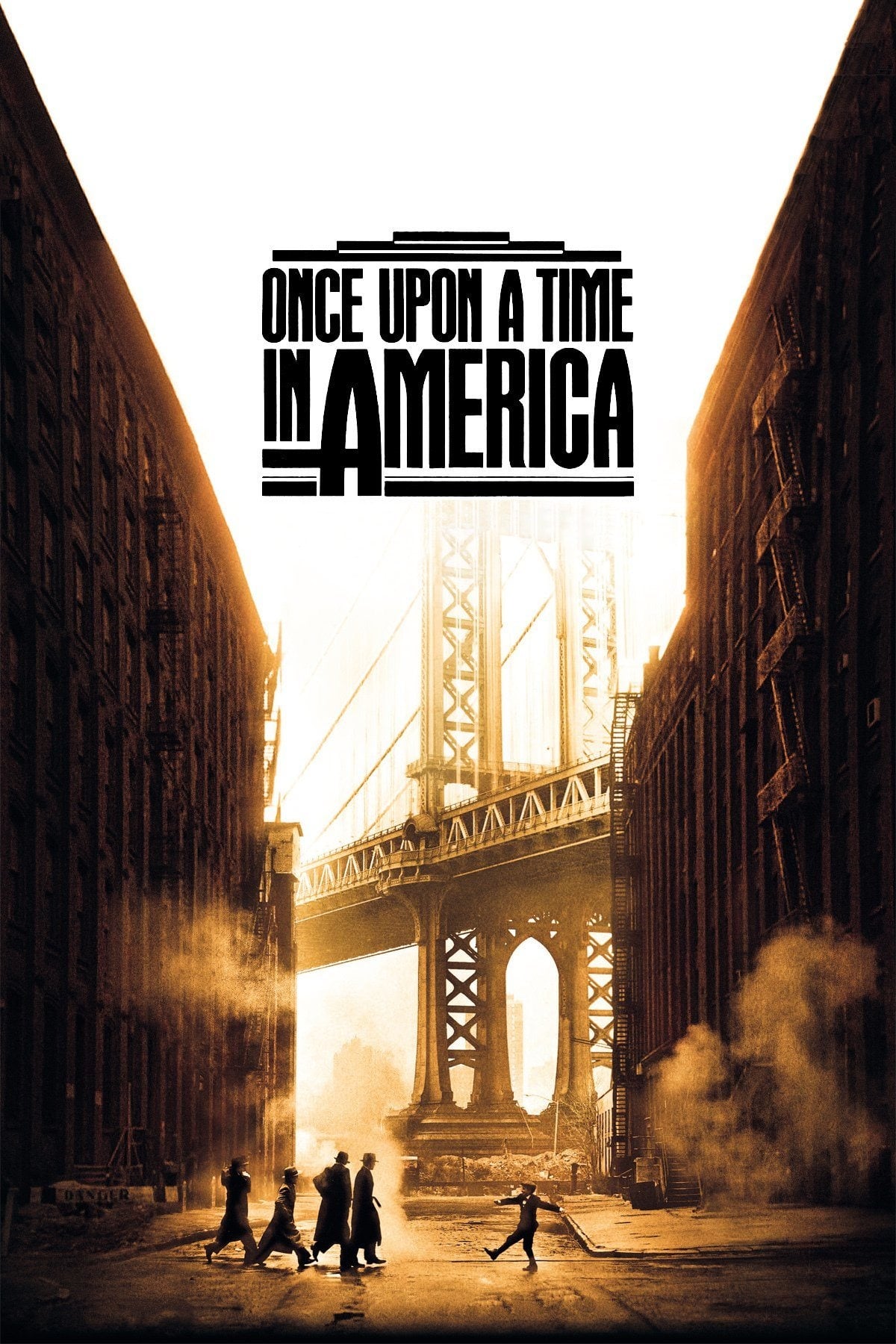
Sergio Leone tells the decades-spanning story of a group of Jewish gangsters, following them from their youth into adulthood. The film explores themes of friendship and betrayal, and how organized crime evolved during and after Prohibition.
Robert De Niro and James Woods star in the film, accompanied by a sweeping musical score from Ennio Morricone and beautiful visuals captured by cinematographer Tonino Delli Colli. The movie had different versions released in different countries, but a recent restoration has returned it to its original, intended length and form.
‘City of God’ (2002)
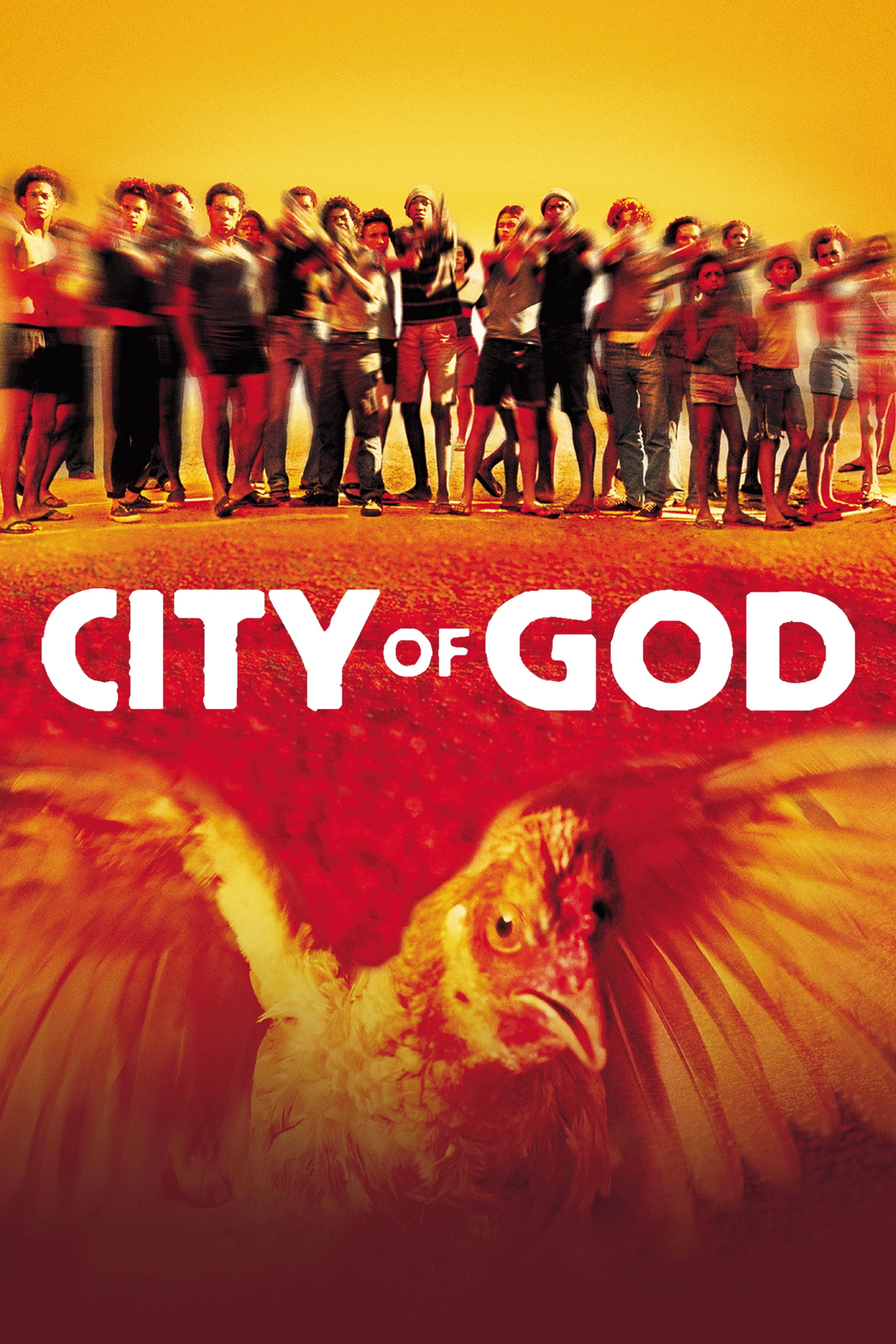
The film, directed by Fernando Meirelles and Kátia Lund, shows how criminal gangs grew in Rio de Janeiro’s favelas, told through the eyes of an aspiring photographer. It follows local children as they become involved in gangs – some as leaders, others as messengers, and all as witnesses to a never-ending pattern of violence and revenge.
The movie featured both experienced actors and local people, and was filmed in real locations to create an authentic feel. It received several Academy Award nominations and became highly influential, particularly for its fast-paced energy, focus on a group of characters, and portrayal of relevant social issues – all of which impacted international crime films that followed.
‘Scarface’ (1983)

Brian De Palma’s film follows Tony Montana’s rise from a newcomer to a powerful drug lord in Miami. The story details his efforts to control more territory, the battles with rival drug organizations, and the difficulties that come with quickly gaining so much power.
Featuring Al Pacino, Michelle Pfeiffer, and Steven Bauer, this film was written by Oliver Stone. Its distinctive style, shaped by Ferdinando Scarfiotti’s production design and Giorgio Moroder’s music, made it a memorable and often-referenced part of popular culture.
‘The Departed’ (2006)
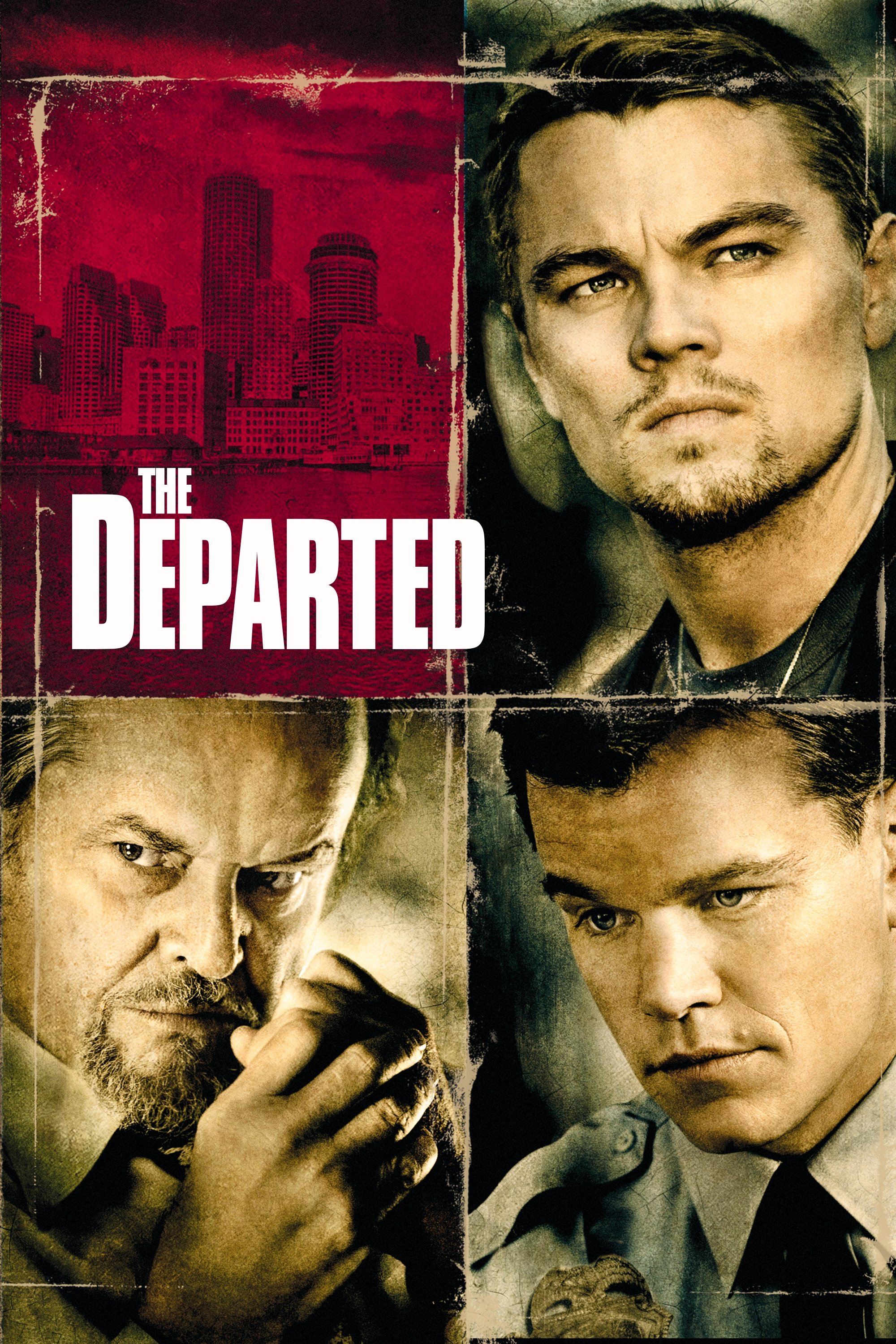
Martin Scorsese’s film follows a tense cat-and-mouse game between the Massachusetts State Police and the mob. Both sides have secretly planted an agent within the other’s ranks, and the story unfolds as each group tries to uncover the double-crosser.
The movie stars Leonardo DiCaprio, Matt Damon, Jack Nicholson, and Mark Wahlberg. It’s based on the Hong Kong film ‘Infernal Affairs,’ with a screenplay by William Monahan. The film was a critical success, winning Oscars for Best Picture and Best Director, and it’s a great example of how a story can be successfully adapted across different cultures and filmmaking traditions.
‘Casino’ (1995)
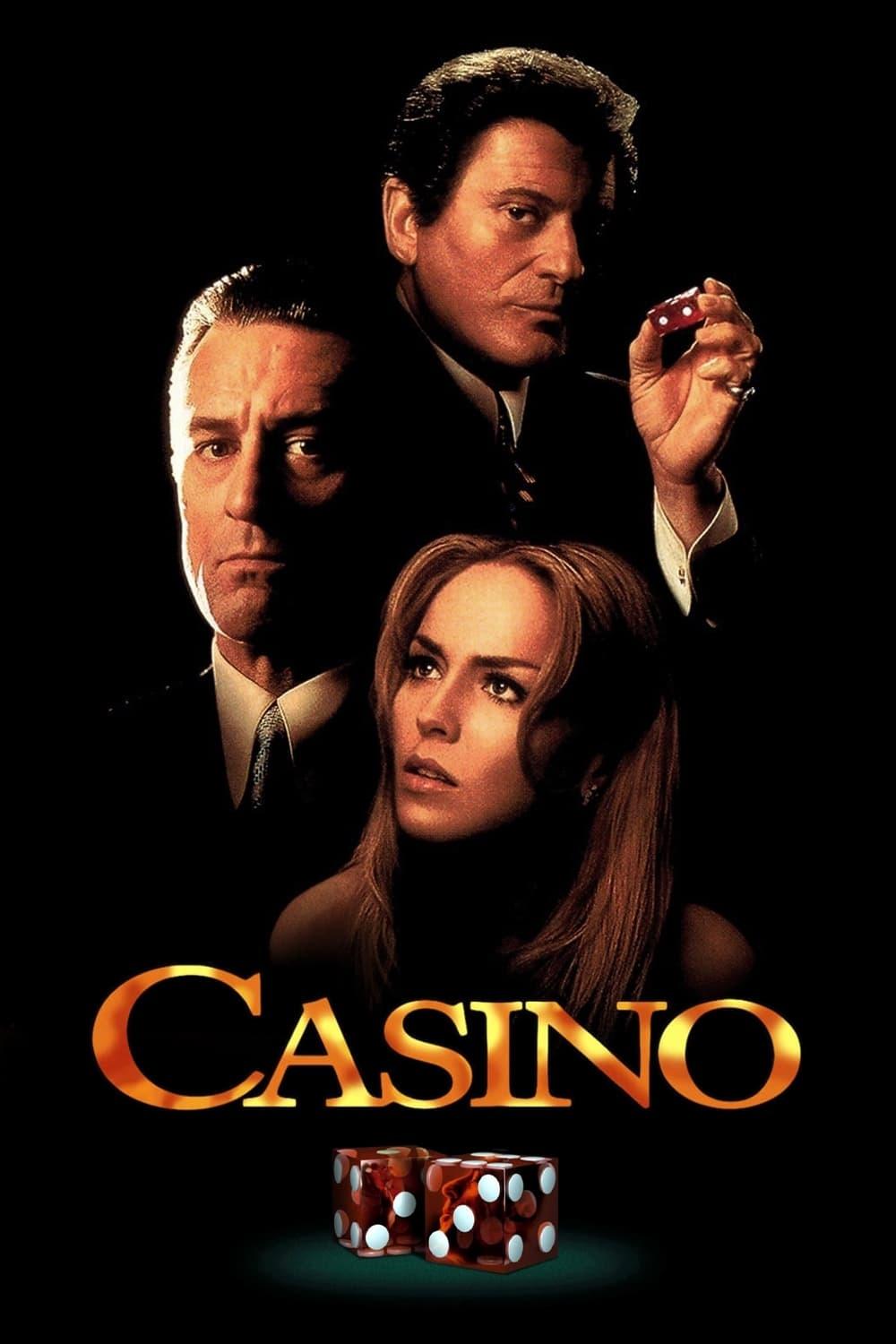
Martin Scorsese’s film follows a calculated gambler and a hot-headed tough guy as they manage a Las Vegas casino on behalf of the Mafia. The story details how they steal money from the casino, keep things running smoothly, and how Las Vegas itself changed its approach to business.
The film features performances from Robert De Niro, Sharon Stone, and Joe Pesci. It meticulously recreates the look of casinos from that era, including both the gaming floors and behind-the-scenes areas. Sharon Stone’s performance earned her significant awards attention, and the movie offers a detailed look at how casinos operate and how organized crime uses them for financial gain.
‘The Irishman’ (2019)
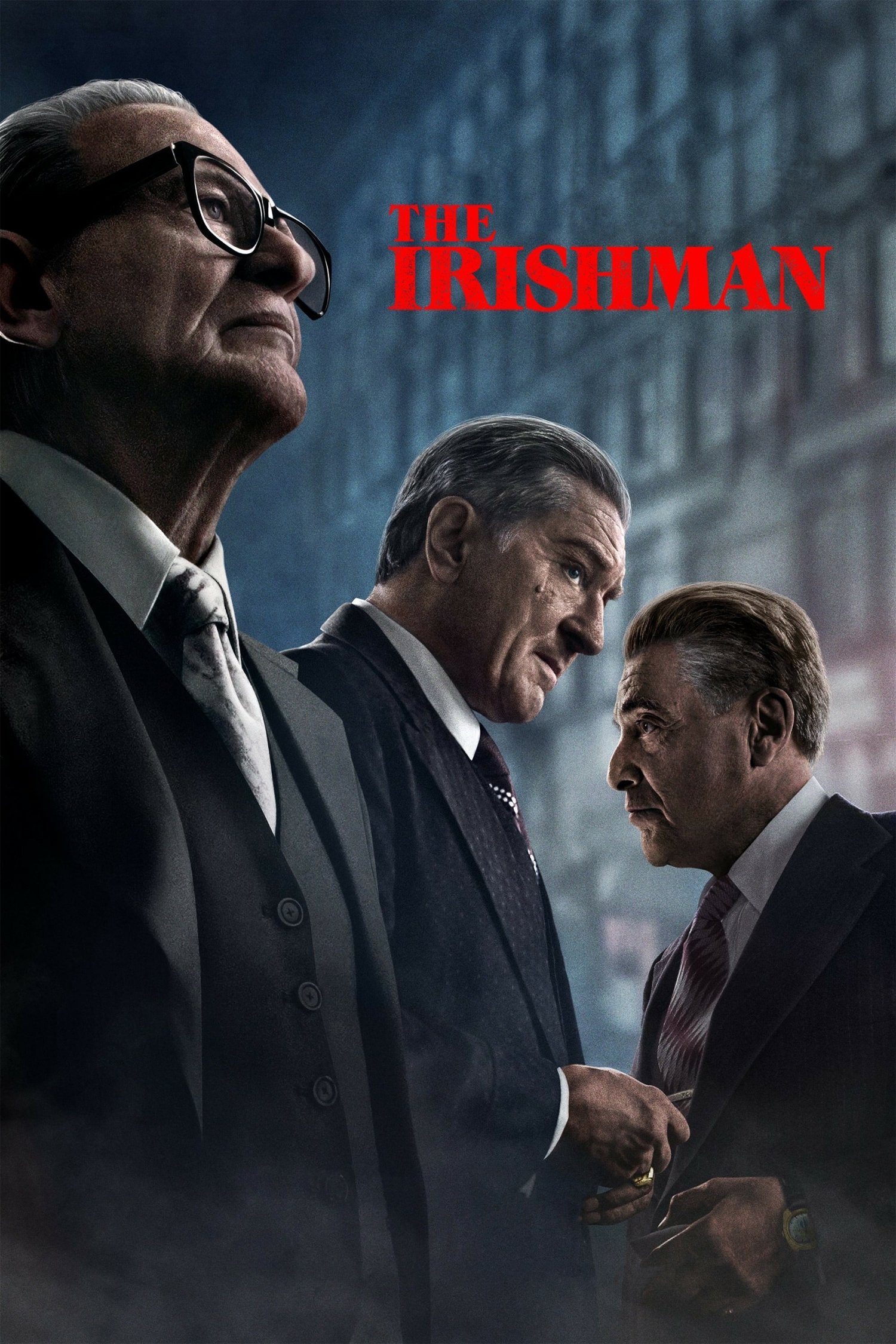
Martin Scorsese’s film is based on the true story of Frank Sheeran, a hitman, and his involvement with the disappearance of labor leader Jimmy Hoffa. The movie explores the worlds of trucking unions, political influence, and the inner workings of the mafia.
Robert De Niro, Al Pacino, and Joe Pesci star together again in a movie that uses special effects to make them appear younger throughout the story. The film was mainly released on a streaming service, with a short time in theaters, and received award nominations for both its director and the actors.
‘The Untouchables’ (1987)
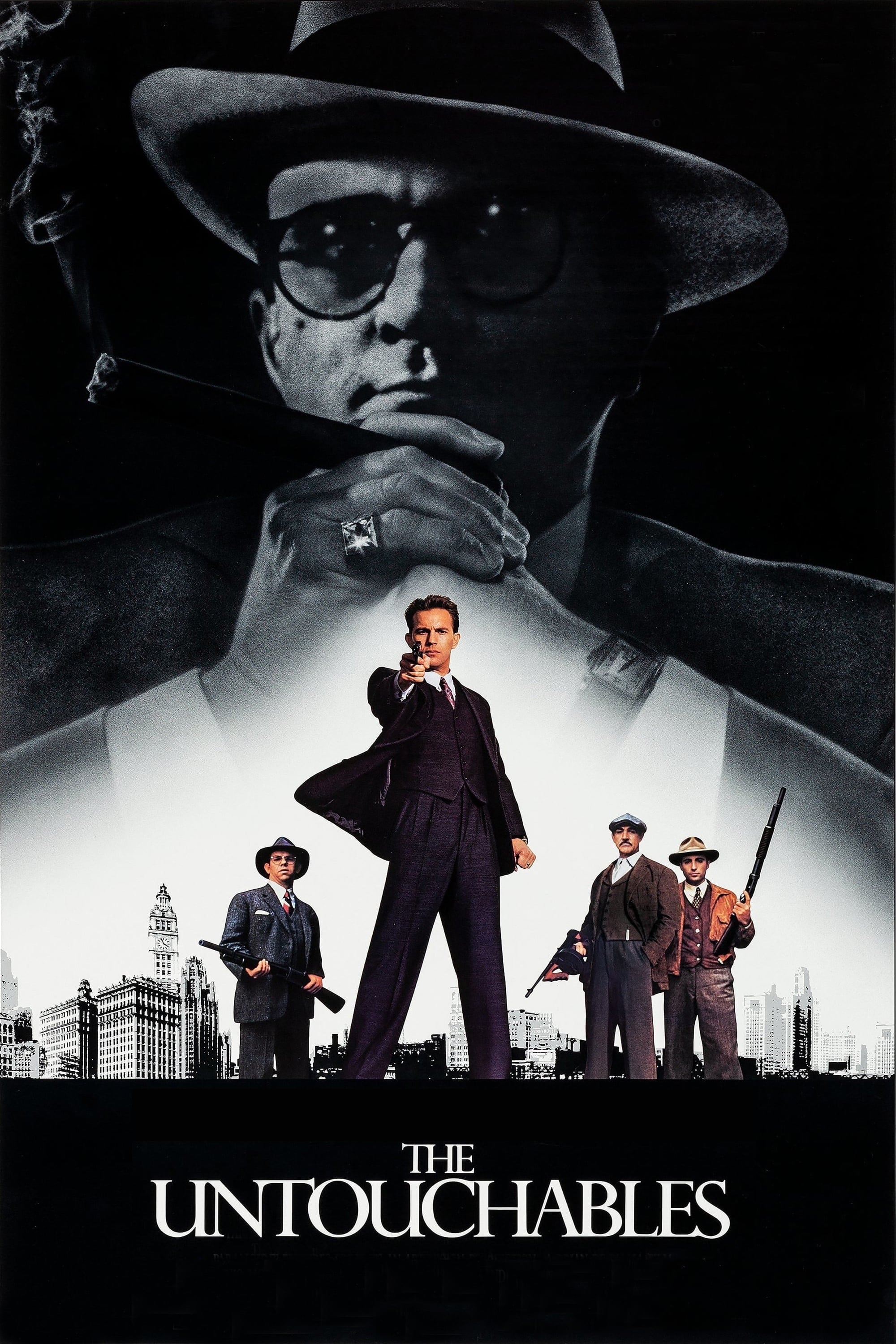
Brian De Palma’s film depicts Eliot Ness’s efforts to bring down Al Capone during the Prohibition era. It centers on how Ness assembles a dedicated team to gather proof of illegal activities like tax fraud and the illegal production and sale of alcohol.
The film stars Kevin Costner, Sean Connery, and Robert De Niro. The screenplay is by David Mamet, and the music was composed by Ennio Morricone. Sean Connery received an Academy Award for his performance, and the movie includes visual references to classic silent films.
‘A Prophet’ (2009)
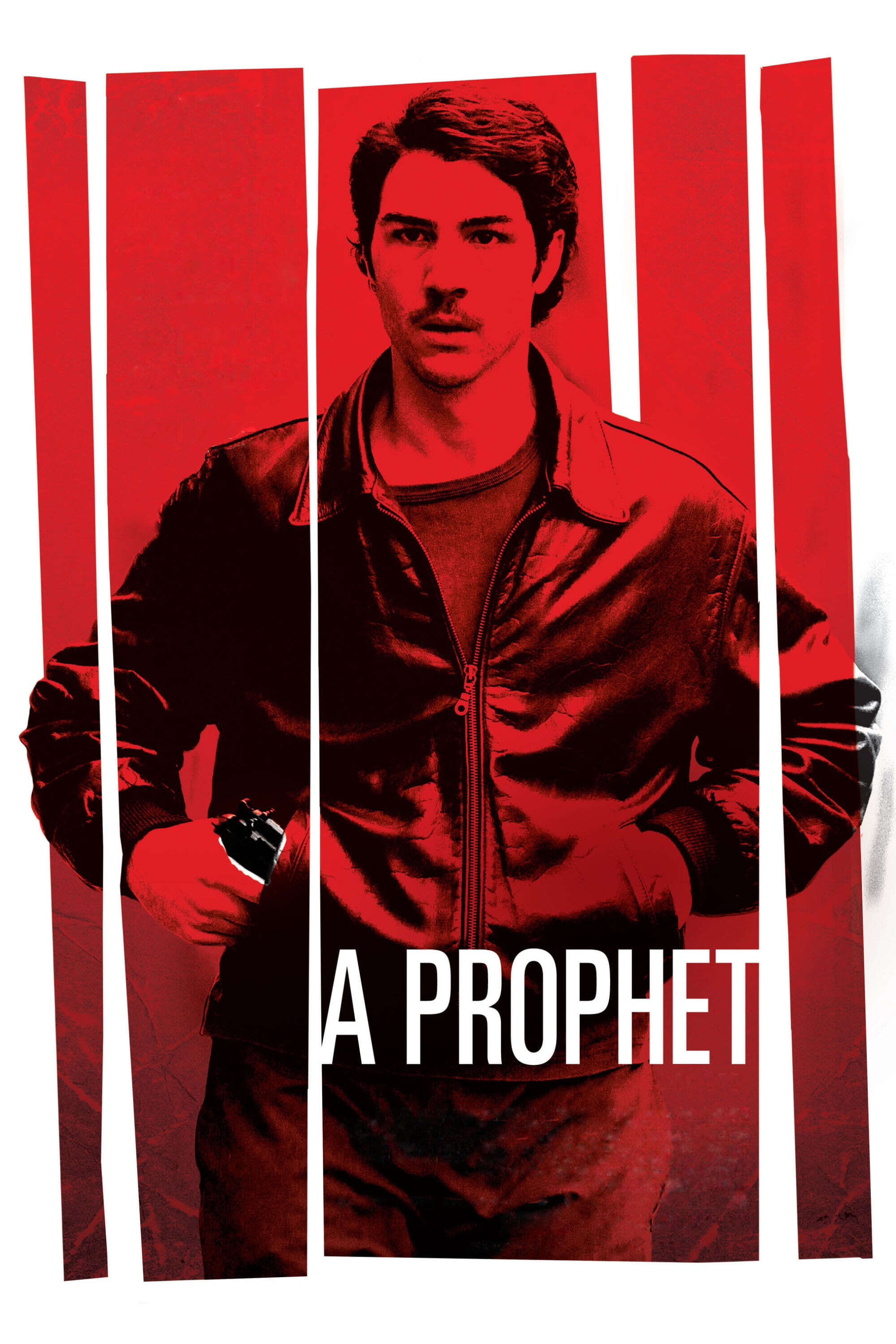
Jacques Audiard’s film tells the story of a young man of French Algerian descent who navigates the complex power dynamics within a prison, becoming involved with both Corsican and Muslim groups. The film also illustrates how the prison system is connected to the outside world through illegal activities and work arrangements.
Tahar Rahim stars in the film, alongside Niels Arestrup. Filming took place on carefully constructed sets designed to look like a prison. The movie was a major success, winning the top prize at the Cannes Film Festival and gaining widespread international acclaim, which has sparked a fresh interest in French crime dramas.
‘Infernal Affairs’ (2002)
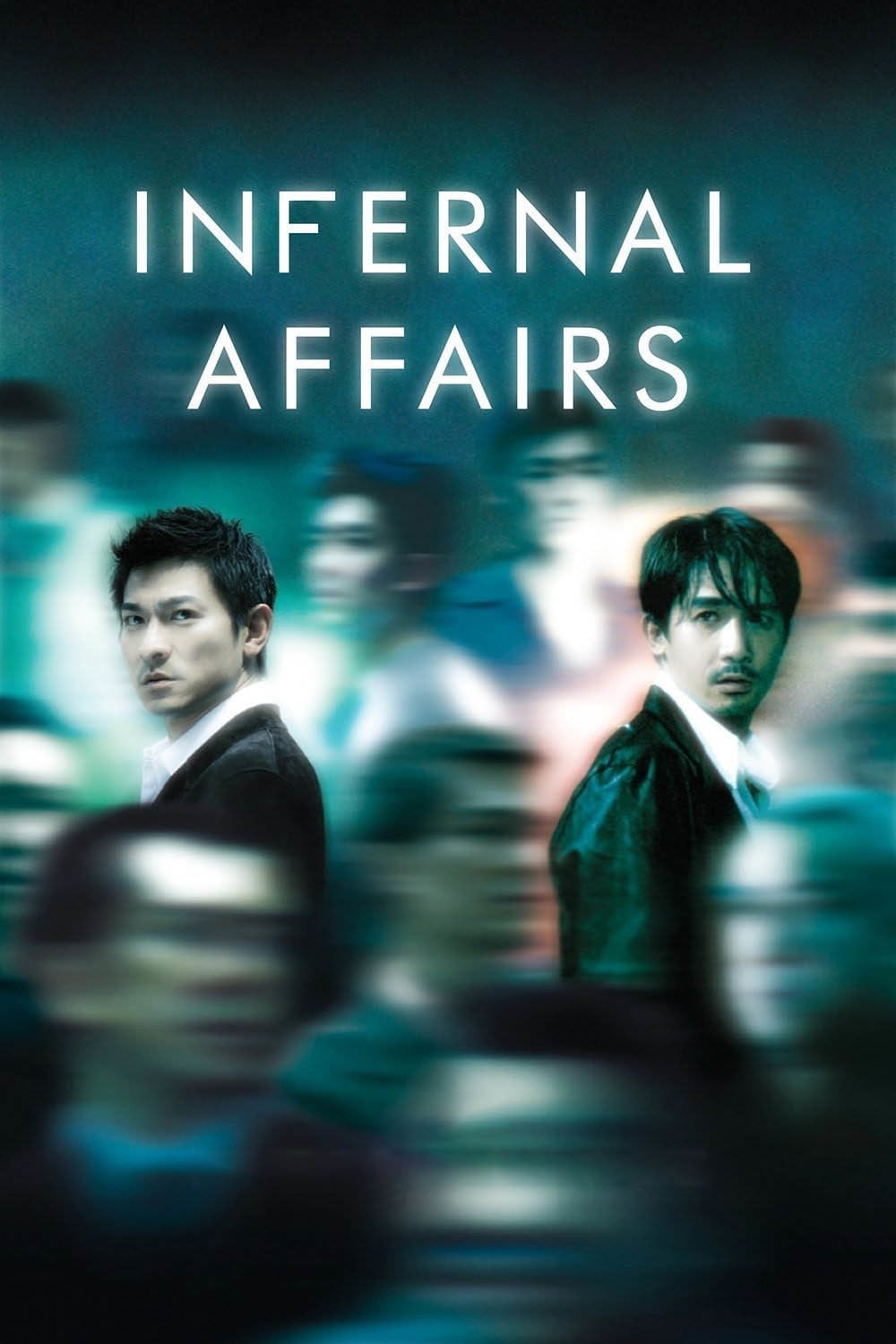
Andrew Lau and Alan Mak’s film tells two intertwined stories: a police officer working undercover within a criminal organization, and a mole from that organization working inside the police force. The suspense builds as both try to reveal each other’s true identities before being discovered themselves.
Featuring acclaimed actors Tony Leung and Andy Lau, this fast-paced film focuses on how surveillance and communication are used in police work. It proved incredibly popular, spawning a franchise and even inspiring the American film ‘The Departed,’ which helped connect Asian and Western crime thrillers.
‘The French Connection’ (1971)
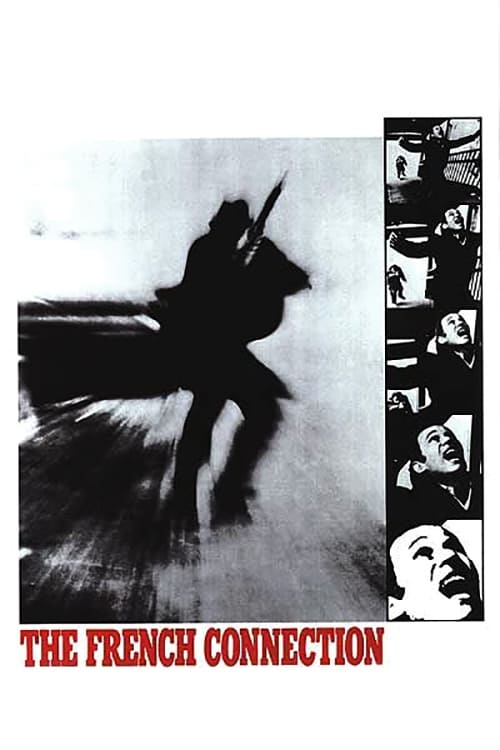
William Friedkin’s film centers on New York narcotics detectives trying to uncover how heroin is being smuggled into the city. They use methods like wiretaps, surveillance, and information from street informants to gather evidence and build their case.
Gene Hackman and Roy Scheider lead this thrilling film, famous for its exciting car chase filmed using real traffic and innovative camera techniques. It was a major awards winner, including Oscars for Best Picture and Best Director, and significantly influenced how police stories are told in movies today.
‘American Gangster’ (2007)
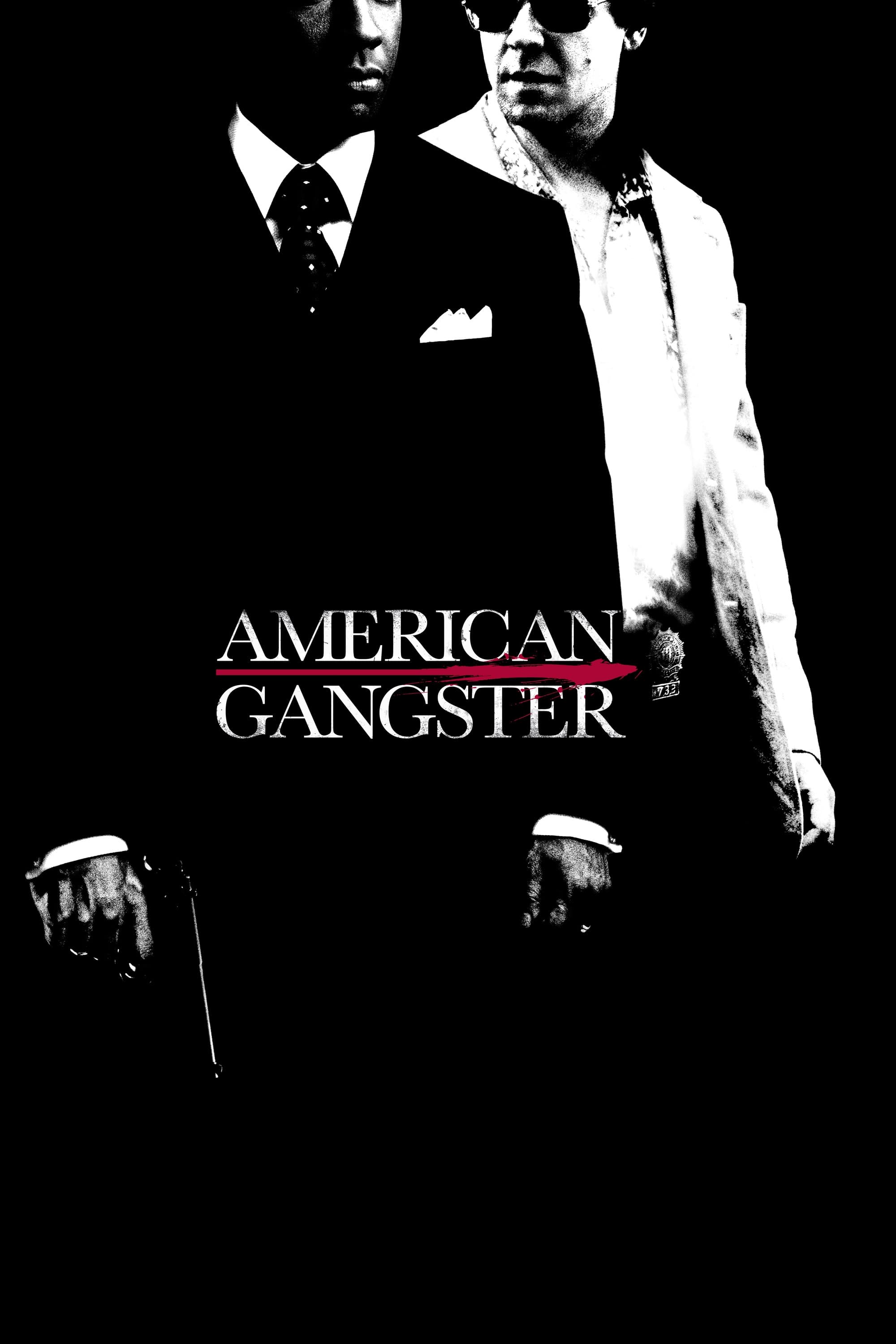
Ridley Scott’s film follows two separate but connected stories: Frank Lucas, a businessman, and Richie Roberts, a detective, in New York and New Jersey. It shows how their worlds collide through the paths of drug distribution, the ways drugs moved, and the legal battles that followed.
Denzel Washington and Russell Crowe star in the film, alongside Josh Brolin and Chiwetel Ejiofor. The movie features detailed recreations of historical settings, like neighborhoods and courtrooms. A longer version of the film was also released, adding extra scenes to develop the characters further.
‘Bonnie and Clyde’ (1967)
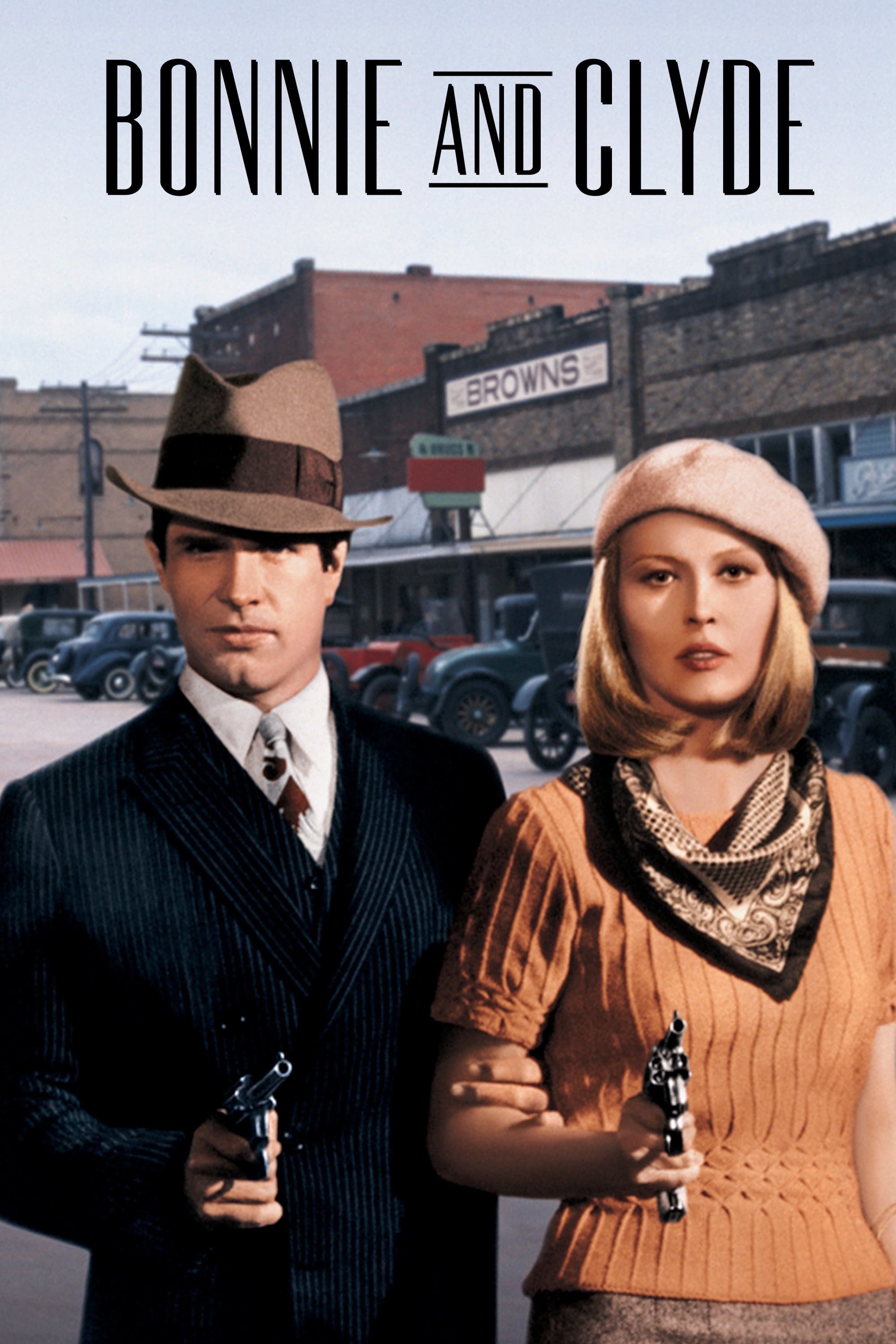
Arthur Penn’s film tells the story of Bonnie and Clyde, a couple who travel across the country robbing banks and trying to escape the police. The movie also shows how the public’s view of them changed, as reported in newspapers and spread by word of mouth.
Starring Warren Beatty and Faye Dunaway, this film is known for its innovative editing and realistic gunfights, which set a new standard for action on screen. It received numerous Academy Award nominations and is considered a key film in the rise of the New Hollywood movement.
‘Gangs of New York’ (2002)
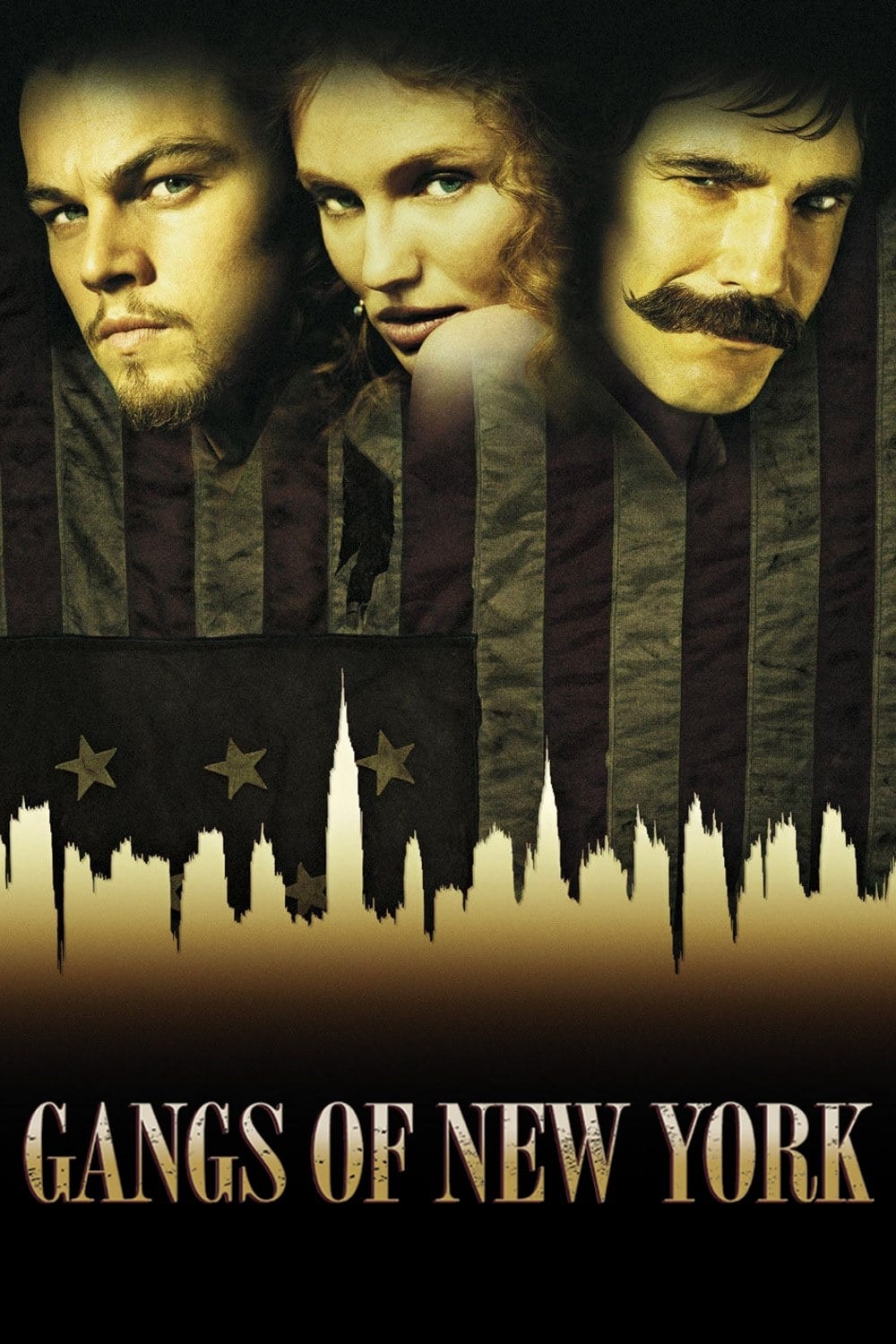
Martin Scorsese’s film delves into the world of gang violence in 1860s Manhattan, specifically in the notorious Five Points neighborhood. It examines how gangs intertwined with local politics, immigrant life, and those who controlled power on the streets.
The film features performances from Leonardo DiCaprio, Daniel Day-Lewis, and Cameron Diaz. It was filmed on elaborate sets built at Cinecittà Studios to realistically portray the city during that time period. The movie earned many award nominations recognizing its direction, acting, and overall design, and explores the connection between crime and the growth of American cities.
‘Nayakan’ (1987)
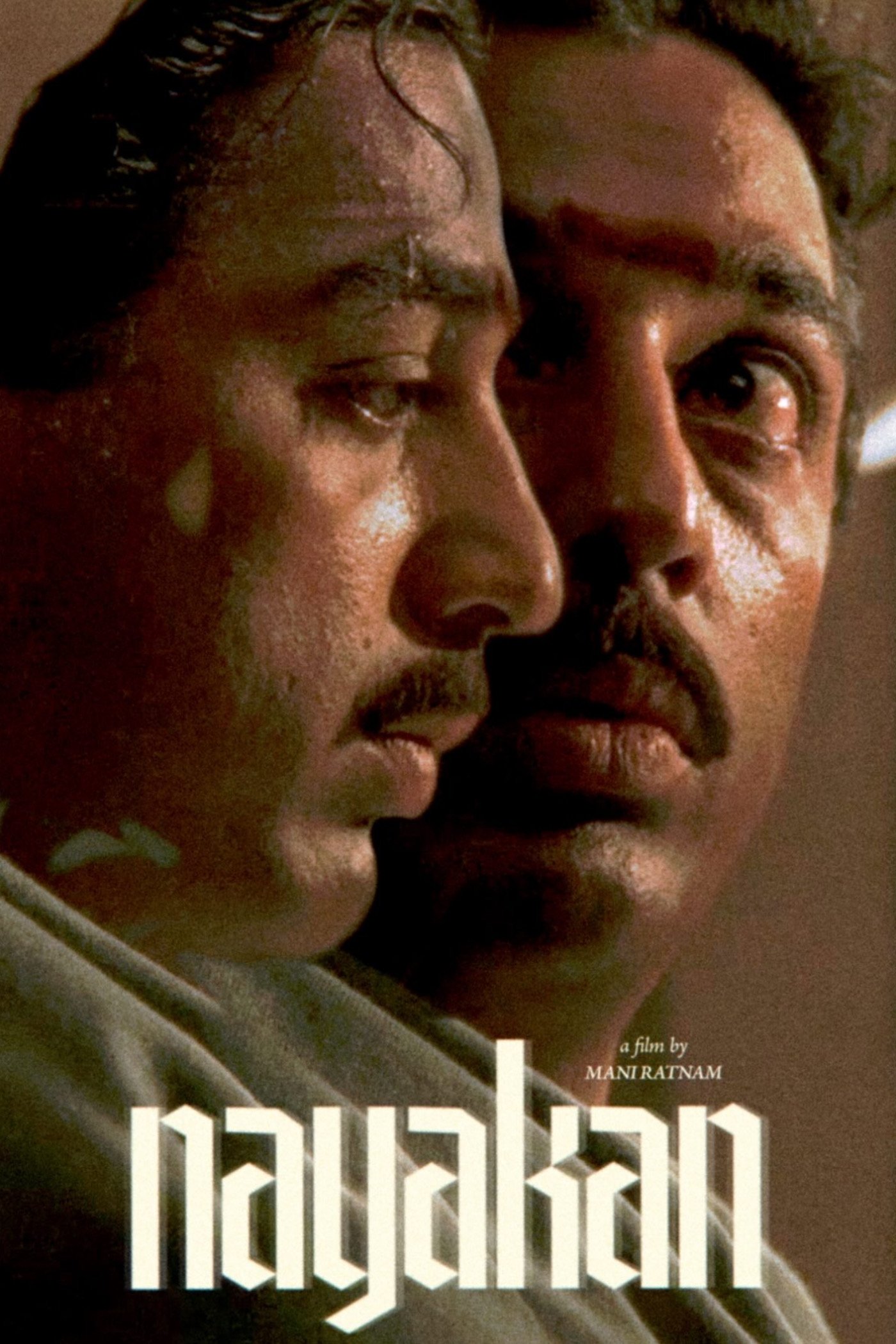
Mani Ratnam’s Tamil film tells the story of Velu Nayakan, a character based on real gangsters in Mumbai. It explores how immigrant groups initially rely on local protectors and how those arrangements can grow into powerful criminal organizations.
Kamal Haasan gives a standout performance in the film, beautifully captured by cinematographer P. C. Sreeram and set to music by Ilaiyaraaja. It’s a landmark movie in Indian cinema, often discussed in film studies, and helped introduce Tamil crime stories to international audiences through film festivals and special screenings.
‘Gomorrah’ (2008)
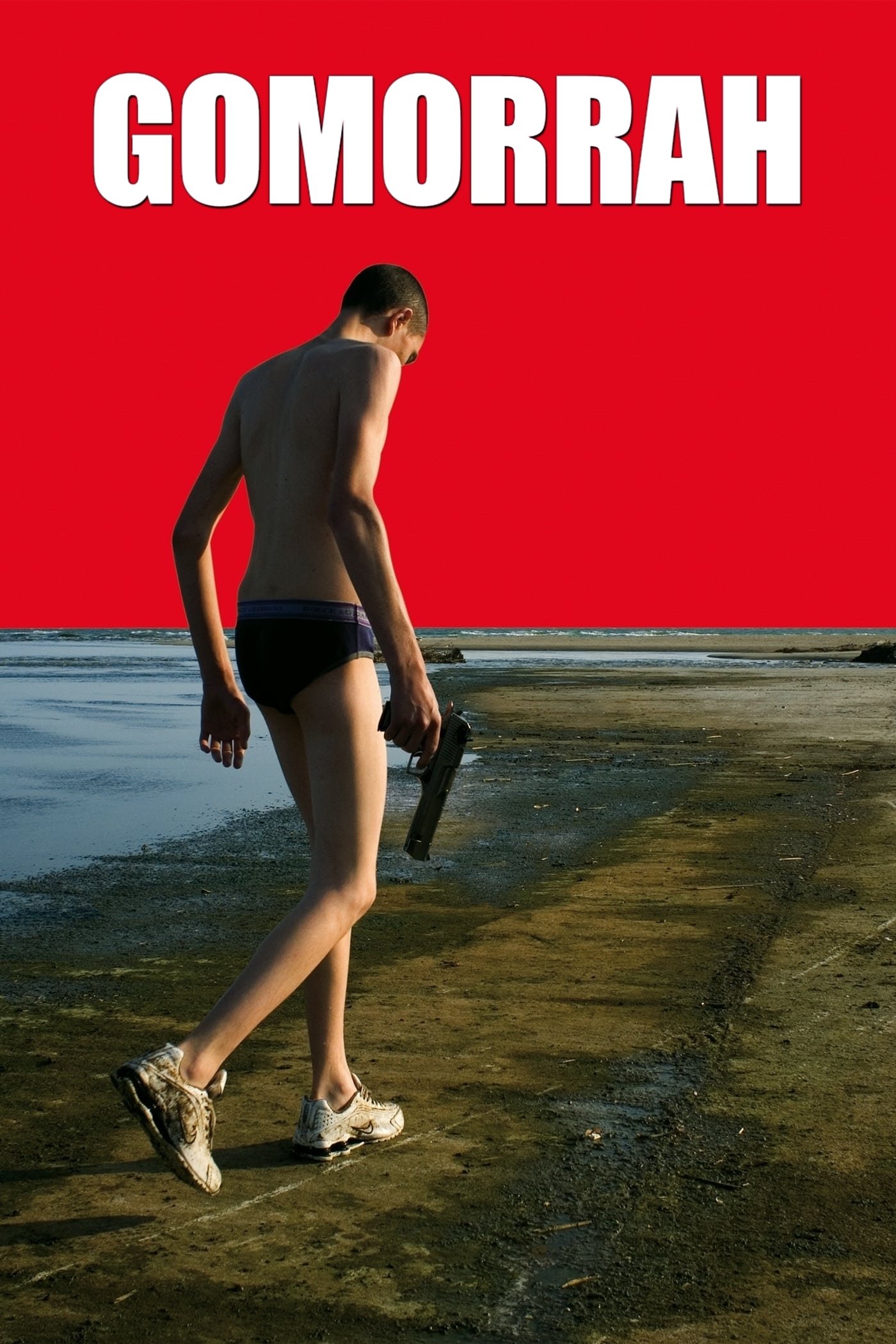
I was completely captivated by Matteo Garrone’s film, which is based on Roberto Saviano’s incredible book about the Camorra, the Neapolitan mafia. What struck me most was how the film weaves together different stories – from the gritty reality of waste disposal to the world of fashion and the everyday lives of those involved in the criminal underworld. It really highlights how easily legal businesses and organized crime can become entangled, showing just how much overlap there is between them. It’s a powerful and unsettling look at a complex system.
The film feels realistic thanks to its use of everyday people instead of professional actors and its filming in real locations. It won the top prize at the Cannes Film Festival. While the story later continued as a TV series with additional characters, the original film remains a focused and powerful look at crime in a specific area.
‘The Wolf of Wall Street’ (2013)
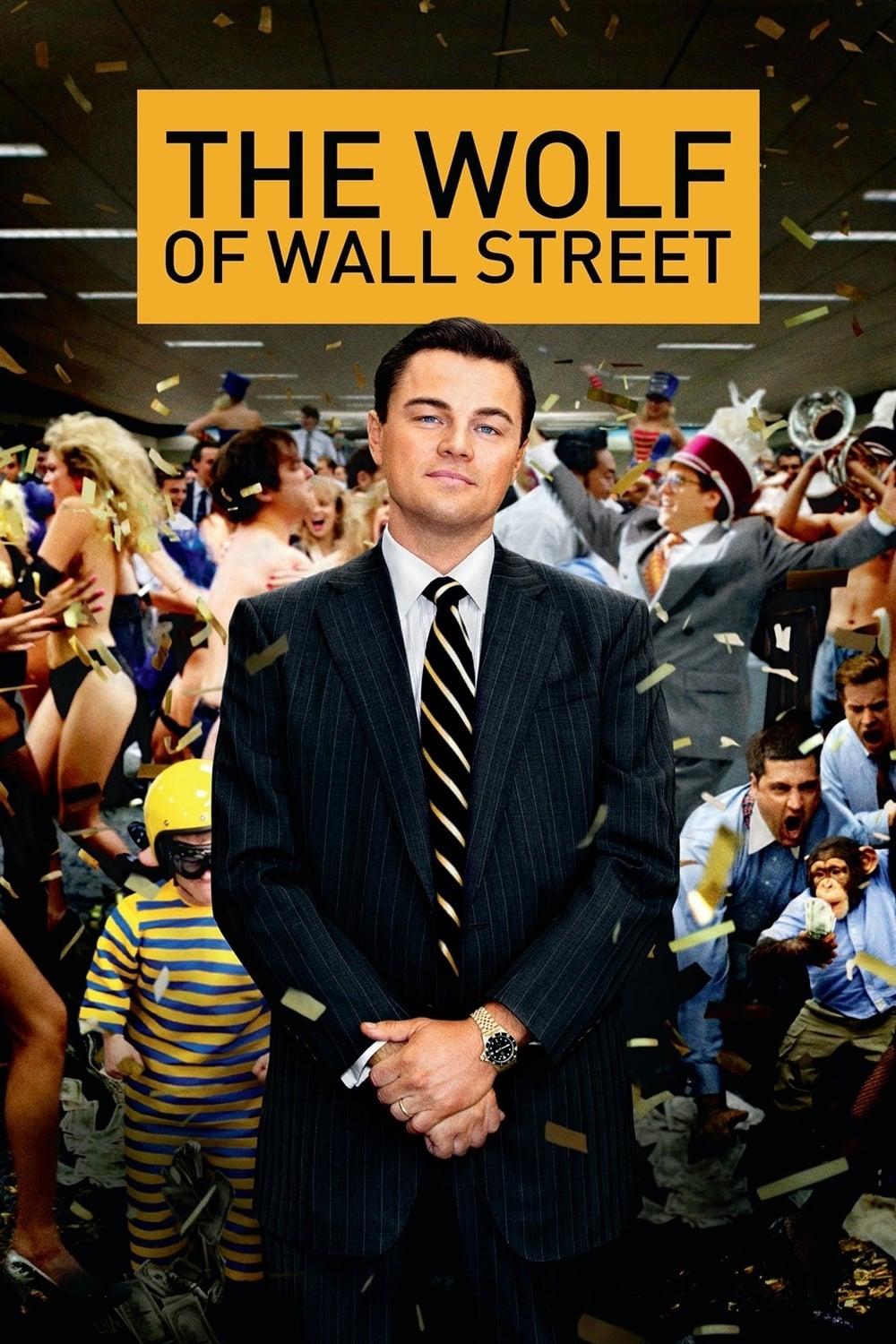
Martin Scorsese’s film follows the story of Jordan Belfort, a stockbroker who made a fortune through questionable practices like manipulating penny stocks, artificially inflating their value, and hiding money. The movie reveals how companies, hidden bank accounts, and a company’s overall atmosphere can enable and support these kinds of financial crimes.
The movie stars Leonardo DiCaprio, Jonah Hill, and Margot Robbie, along with a large supporting cast. It received several Academy Award nominations and led to conversations about how financial crimes are portrayed in movies and the need for better financial rules.
Share your favorite crime epic and the one you think more people should watch in the comments.
Read More
- Calvin Harris Announces India Debut With 2 Shows Across Mumbai and Bangalore in November: How to Attend
- DOGE PREDICTION. DOGE cryptocurrency
- The Relentless Ascent of Broadcom Stock: Why It’s Not Too Late to Jump In
- EQT Earnings: Strong Production
- Broadcom’s Quiet Challenge to Nvidia’s AI Empire
- Heights Capital Bets $16M on ImmunityBio: A Calculated Gamble?
- Why Rocket Lab Stock Skyrocketed Last Week
- Docusign’s Theatrical Ascent Amidst Market Farce
- How to Do Sculptor Without a Future in KCD2 – Get 3 Sculptor’s Things
- HBO Boss Discusses the Possibility of THE PENGUIN Season 2
2025-10-06 19:48